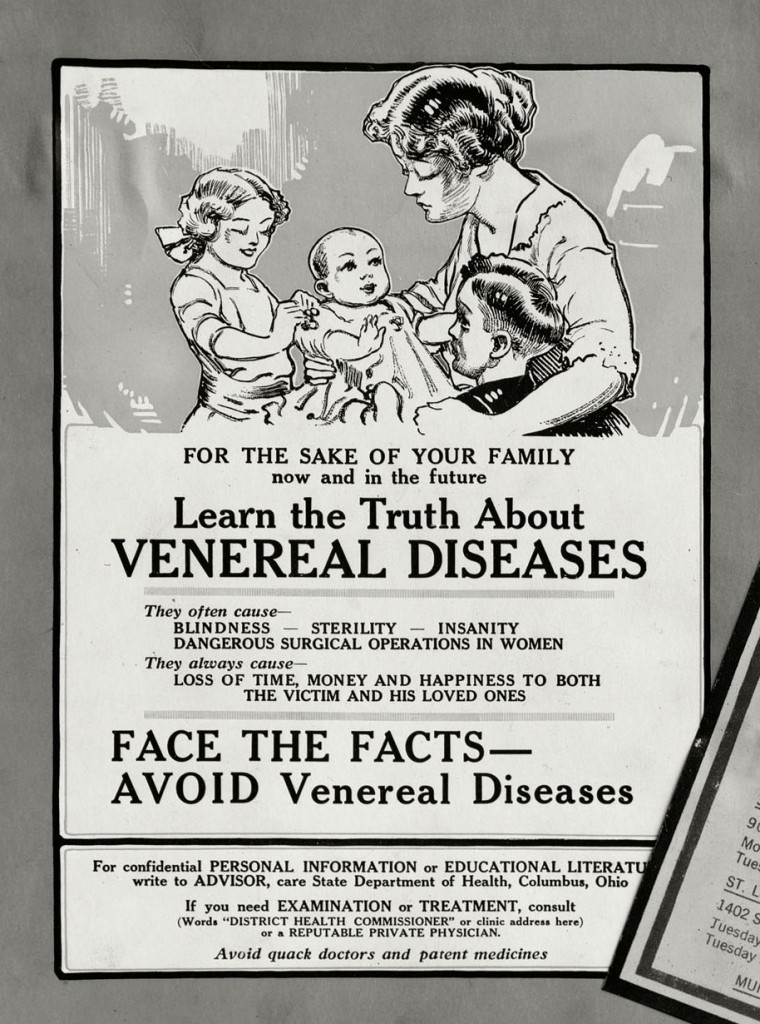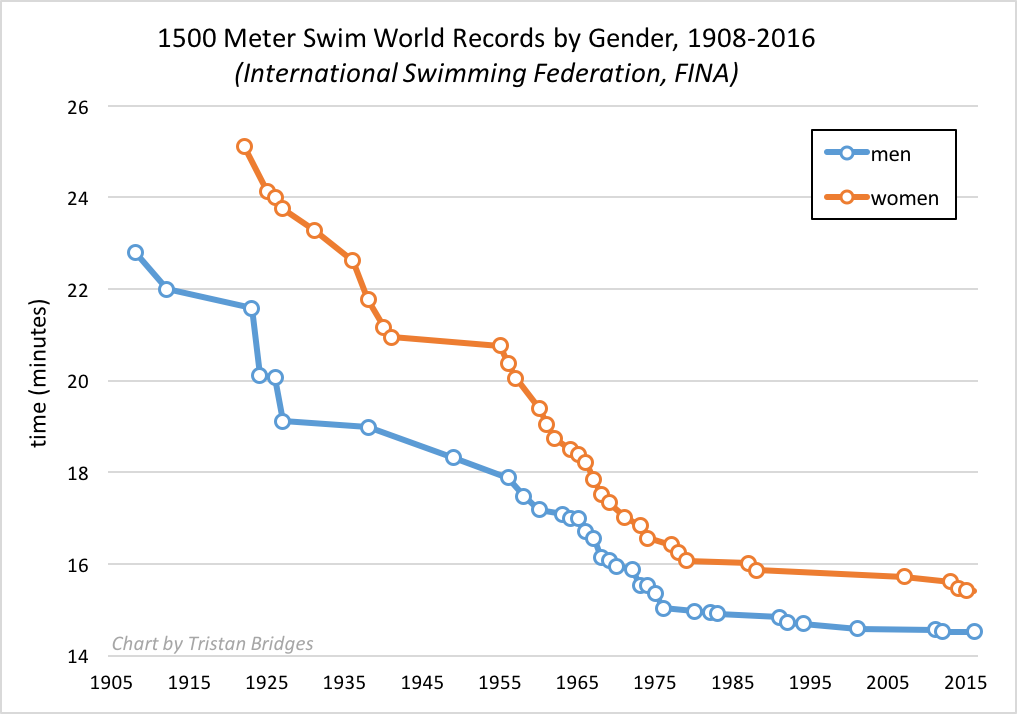Flashback Friday.
In a humorous article, Gloria Steinem asked, “What would happen, for instance, if suddenly, magically, men could menstruate and women could not?” Men, she asserted, would re-frame menstruation as a “enviable, boast-worthy, masculine event” about which they would brag (“about how long and how much”). She writes:
Street guys would brag (“I’m a three pad man”) or answer praise from a buddy (“Man, you lookin’ good!”) by giving fives and saying, “Yeah, man, I’m on the rag!”
…
Military men, right-wing politicians, and religious fundamentalists would cite menstruation (“men-struation”) as proof that only men could serve in the Army (“you have to give blood to take blood”), occupy political office (“can women be aggressive without that steadfast cycle governed by the planet Mars?”), be priest and ministers (“how could a woman give her blood for our sins?”) or rabbis (“without the monthly loss of impurities, women remain unclean”).
…
Of course, male intellectuals would offer the most moral and logical arguments. How could a woman master any discipline that demanded a sense of time, space, mathematics, or measurement, for instance, without that in-built gift for measuring the cycles of the moon and planets – and thus for measuring anything at all?
Perhaps in homage to this article, the artist Käthe Ivansich developed an installation titled “Menstruation Skateboards” for the Secession Museum in Austria. Drawing on the same sort of re-framing, the exhibition was marketed with ads with bruised and bloody women and tag lines like “I heart blood sports” and “some girls bleed more than once a month.” See examples at Ivansich’s website.
The exhibition included skateboards that generally mocked sexist language and re-claimed the blood of menstruation. This blood, the message is, makes me hardcore. The art project nicely makes Steinem’s point, showing how things like menstruation can be interpreted in many different ways depending on the social status of the person with whom it is associated.
Originally posted in September, 2010.
Lisa Wade, PhD is an Associate Professor at Tulane University. She is the author of American Hookup, a book about college sexual culture; a textbook about gender; and a forthcoming introductory text: Terrible Magnificent Sociology. You can follow her on Twitter and Instagram.






 Recently Nadya Tolokonnikova was
Recently Nadya Tolokonnikova was 